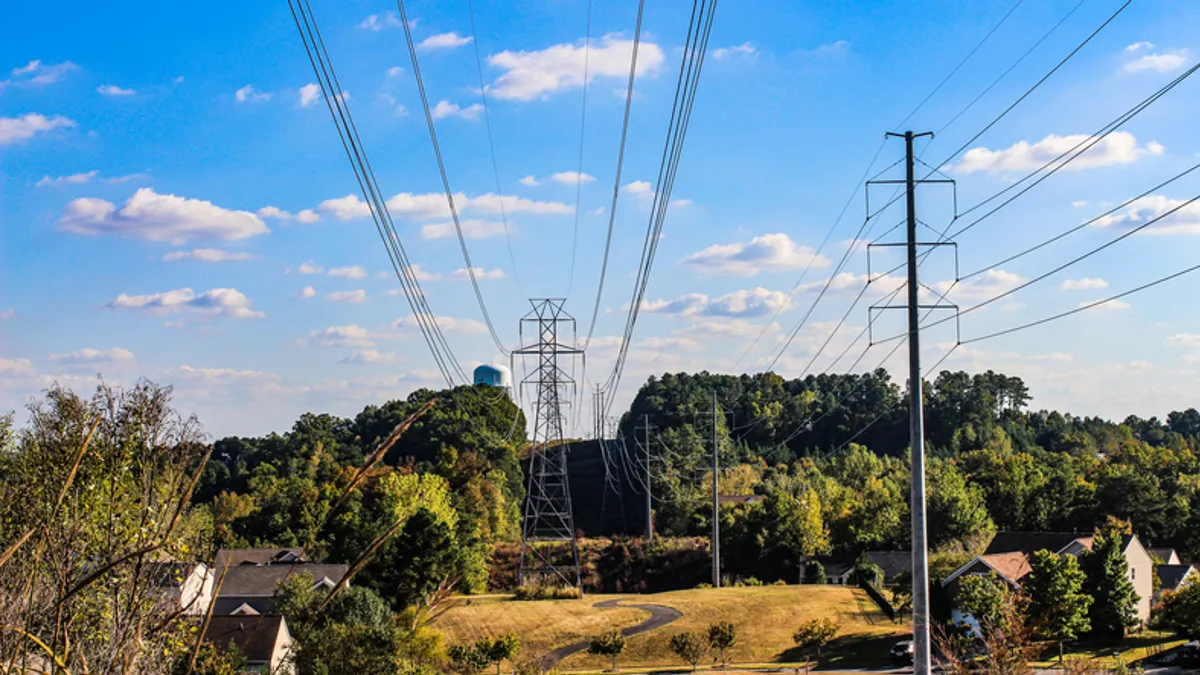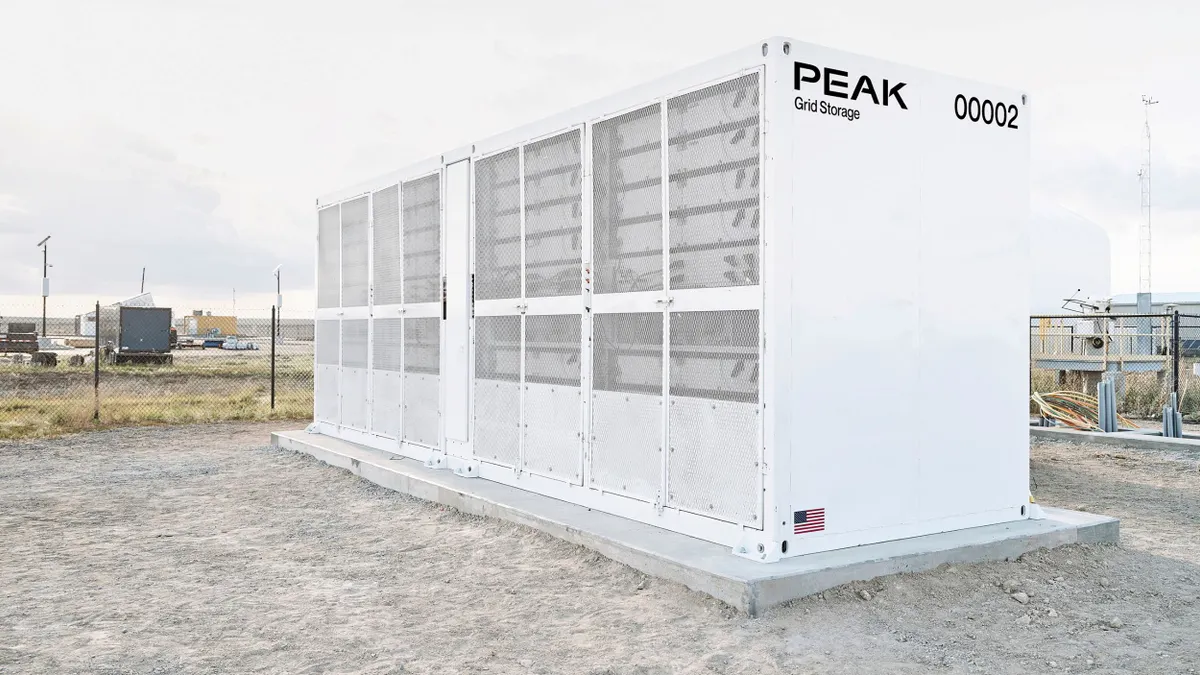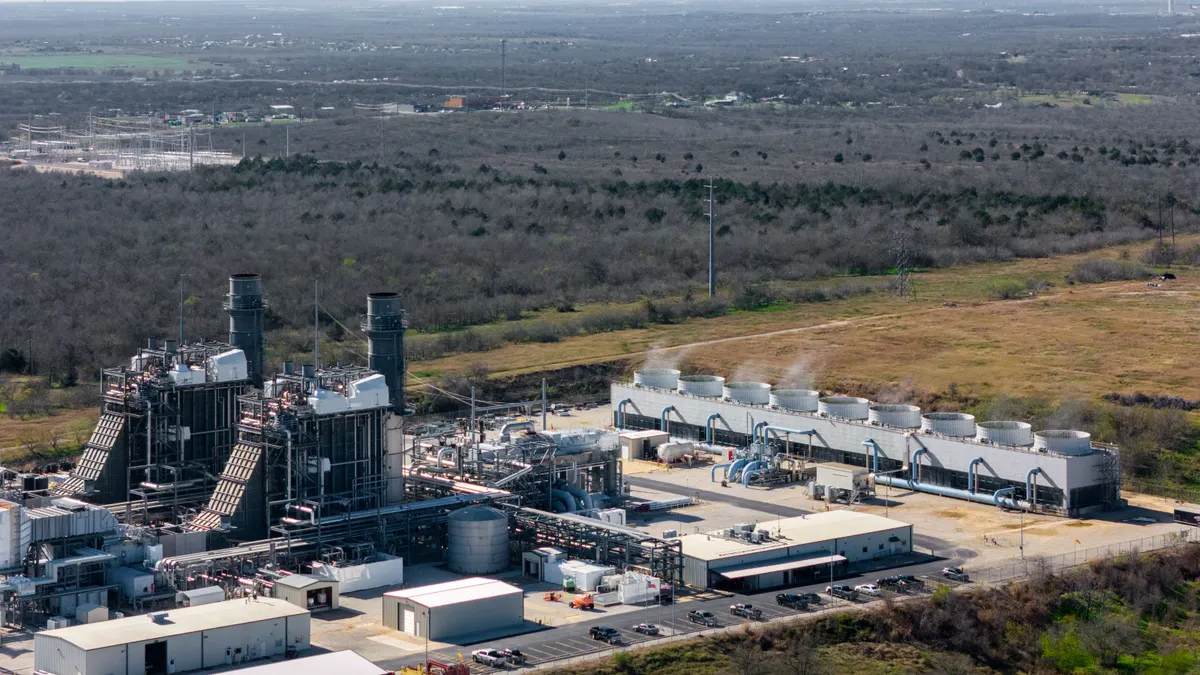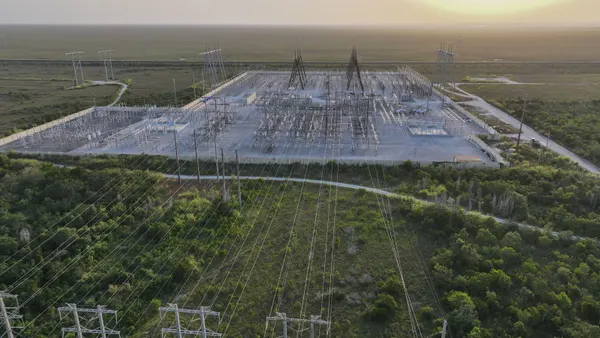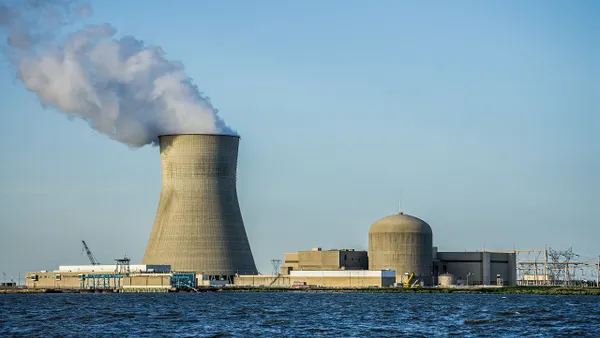Dive Brief:
- Federal Energy Regulatory Commission Orders 1920 and 1920-A create space for a more holistic transmission planning framework marked by collaboration between transmission providers and state utility regulators, according to an American Council on Renewable Energy report published in April.
- Alternative transmission technologies, or ATTs, mentioned in the orders — dynamic line ratings, advanced power flow control, transmission switching and high-performance conductors — can speed development of a more reliable, resilient, efficient and ultimately cost-effective transmission network, principals with The Brattle Group and Grid Strategies said in “Incorporating GETs and HPCs Into Transmission Planning Under FERC Order 1920.”
- Transmission planners and state entities must overcome four key barriers to ATT implementation at scale: insufficient recognition of their value, misaligned incentives, overly static and deterministic planning practices, and an apparent lack of capacity to perform advanced system analyses, the report said.
Dive Insight:
Former FERC Commissioner Allison Clements hailed Order 1920 as “a strong step that can considerably enhance grid reliability while making electricity more affordable for consumers” shortly after its issuance last May.
But Order 1920 was just an incremental step, one “forged through compromise,” Clements said.
In November, after a diverse collection of clean energy groups and mostly Republican-controlled states challenged the order in federal courts, FERC issued a modified order that it said “further enhances the role of Relevant State Entities in Long-Term Regional Transmission Planning, especially their role in shaping scenario development and cost allocation.” Among other enhancements, Order 1920-A requires transmission providers to incorporate state entities’ input on planners’ future scenario development in recognition that those scenarios will reflect states’ own plans to meet legislative or regulatory obligations, FERC said.
While Order 1920 leaves the details of scenario development to transmission providers, it requires them to develop at least three “plausible and diverse” scenarios identifying long-term transmission needs and solutions, quantify those solutions’ benefits and establish a process for evaluating each solution, according to the ACORE report.
Order 1920 sets certain “broad standards” for these evaluations that guide transmission providers toward more efficient and cost-effective facilities, ACORE said. It describes seven benefits that providers must consider, including: reduced loss of load probability or reduced capital costs to meet planning reserve margins; reduced transmission energy losses; reduced congestion due to transmission outages; and mitigation of extreme weather conditions and unexpected system conditions like those that may have contributed to the massive blackout in Spain and Portugal last month.
Compared with traditional wires-based solutions, ATTs are cheaper and faster to deploy, complementary to existing equipment, and — in the case of software- and controls-based grid-enhancing technologies — possible to reverse, ACORE said.
In fact, an ACORE review of 25 case studies conducted by transmission providers, power system consultants and others showed that ATTs delivered at least one of the seven benefits in each study. Several case studies showed two or more benefits from ATTs.
Relevant state entities can take advantage of their expanded latitude under Order 1920-A to advocate for consideration of additional benefits beyond the required seven, such as deployment time and optionality, that may favor ATTs, ACORE said. For example, grid-enhancing technologies’ short payback periods mean transmission operators can cost-effectively deploy them as a temporary solution while planning for more permanent solutions, such as new wires.
Likewise, Orders 1920 and 1920-A allow relevant state entities and transmission customers to fund some or all transmission solution costs if they wish, which could improve the transmission providers’ cost-benefit calculation for non-wires solutions. And given that transmission providers generally pass transmission costs onto customers, that approach could potentially overcome providers’ traditional lack of incentive for cost avoidance, ACORE said.


